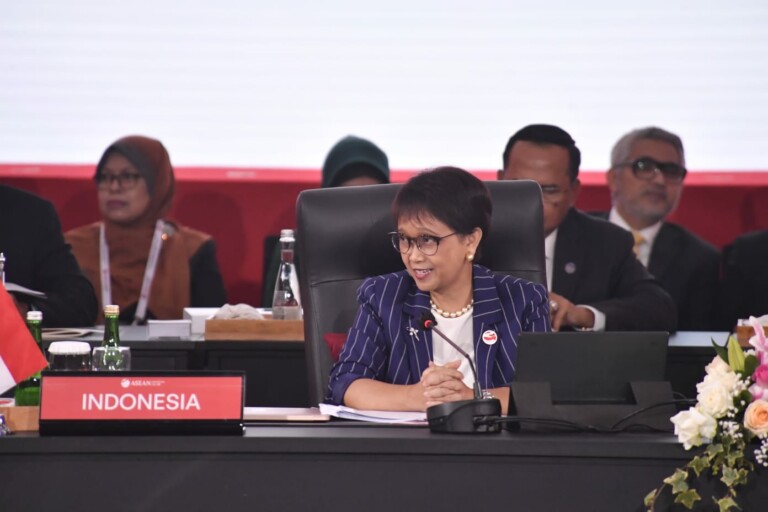Through good times and bad, public pension plans have been reducing their assumed rates of return for more than a decade, a recognition that they must be more conservative for the long term.
But the pace of rate-cutting has eased in recent months among the 131 public pension plans tracked by the National Association of State Retirement Administrators as plan executives evaluate the impact of inflation, said Keith Brainard, NASRA’s Georgetown, Texas-based research director.
High inflation would have to be chronic before plan officials would consider raising rates, he said. “Public pension plans are waiting to see if inflation is transitory or secular,” said Mr. Brainard, adding that he couldn’t speculate on how long secular — or chronic — inflation would have to continue to prompt assumed rate of return revisions.
Even as inflation rose, some public pension plans reduced their assumed rates of return:
- Jacksonville (Fla.) Fire Police & Fire Pension Fund announced in February it was cutting its rate to 6.5% from 6.9% based on a review of the $2.7 billion pension plan’s investment policy statement.The $33.7 billion Pennsylvania State Employees’ Retirement System, Harrisburg, announced in June 2022 a rate cut to 6.875% from 7%, which took effect Dec. 31.
- Board members of the $3.7 billion North Dakota Public Employees Retirement System in October approved a rate reduction to 6.5% from 7%, according to the pension system website.
“The last 15 years have been extraordinary,” said Mr. Brainard, referring to the rate-cutting trends. Since the 2018 fiscal year, 106 of the 131 plans tracked by NASRA have reduced their assumed rates, and some have done so more than once. Since the 2010 fiscal year, all plans in the NASRA universe have reduced their rate at least once.
Some plans have conducted systematic reductions. For example, the Nebraska School Retirement System, part of the Nebraska Public Employees Retirement System, Lincoln, is in the midst of a gradual, yearly assumed-rate reduction that will culminate in 7% for the 2024 fiscal year. The rate is 7.1% for current fiscal year that ends June 30.
The strategy was approved in December 2020 by the Public Employees Retirement Board. The rate was 7.5% when the board acted. The school pension system had assets of $14.1 billion as of June 30, 2022.
“The strategy of gradual rate reductions announced in advance is a way of enabling policymakers and employers to anticipate the effects, phasing them in over a period of several years,” Mr. Brainard said.
The latest NASRA data show the average assumed rate of return for public plans is 6.93% as of Dec. 31, down from 8% for the 2001 fiscal year, with the sharpest decline coming after the 2008-2009 recession. During this period, the median rate dropped to 7% from 8%.
The pension fund rate cutting is based on internal and external forecasts usually extending 20 to 30 years, plus analyses of workforce demographic trends and plans’ asset allocation strategies. The plans are pursuing a Goldilocks strategy in which the actuarial porridge has to be just right — neither too high nor too low.
“An investment return assumption that is set too low will overstate liabilities and costs, causing current taxpayers to be overcharged and future taxpayers to be undercharged,” said a March NASRA report describing the rate-setting balancing act.
“A rate set too high will understate liabilities, undercharging current taxpayers at the expense of future taxpayers,” the report said.
Most plans in the NASRA universe choose their assumed rates via a vote from a retirement board after having consulted with actuaries and other sources. A few rates are set by state legislatures. “Anything in the legislative realm is likely to be political,” Mr. Brainard said. “The temptation is to keep the rate higher than it should be to lower the costs.”
The lower the assumed return, the greater the contributions are needed by various employers — state, municipal, schools — to pay for benefits. If actual returns fall below assumed returns, employers must contribute more, too.
Source: Pionline







